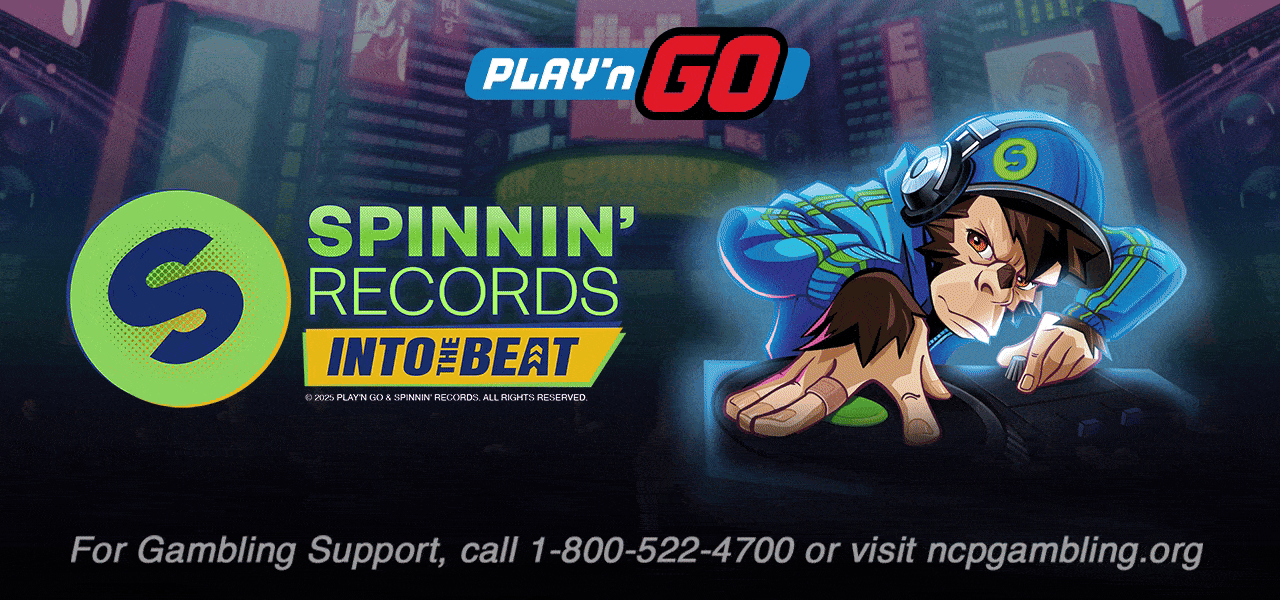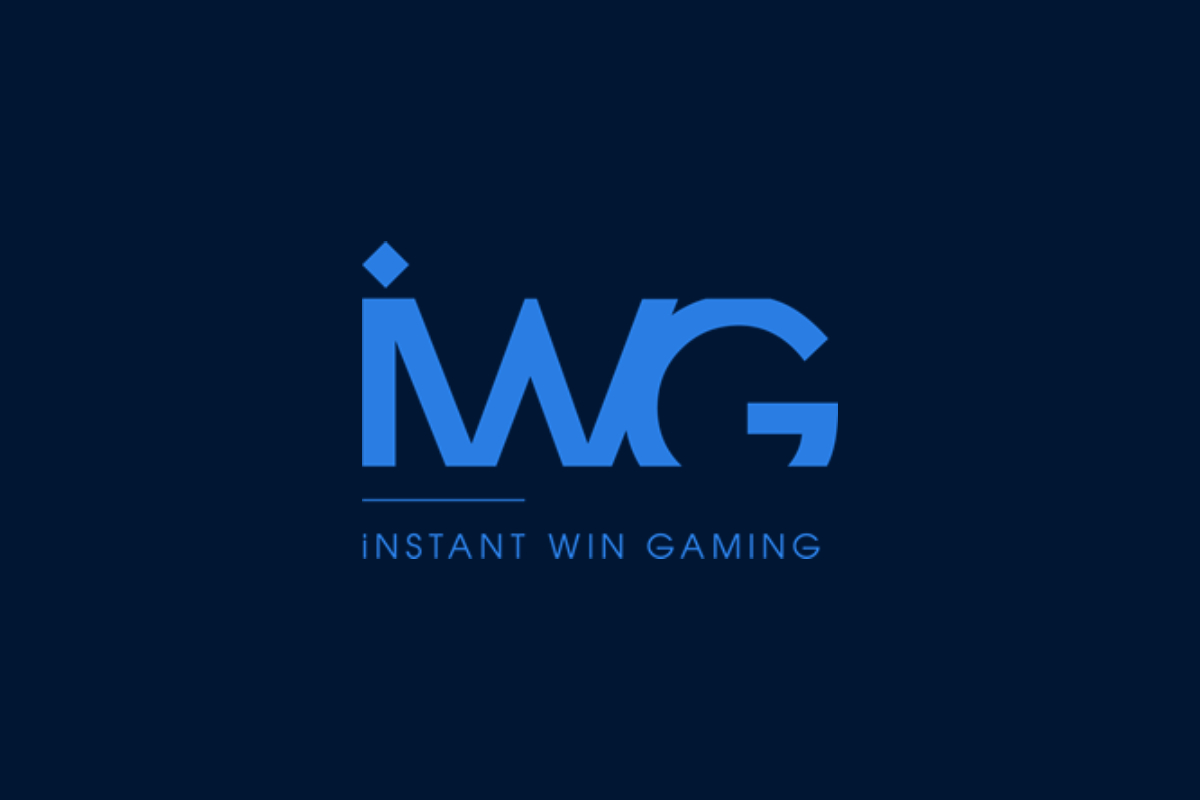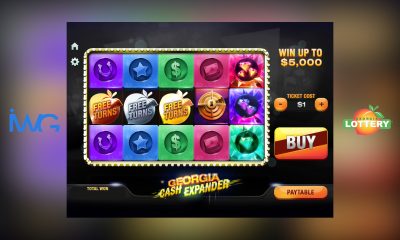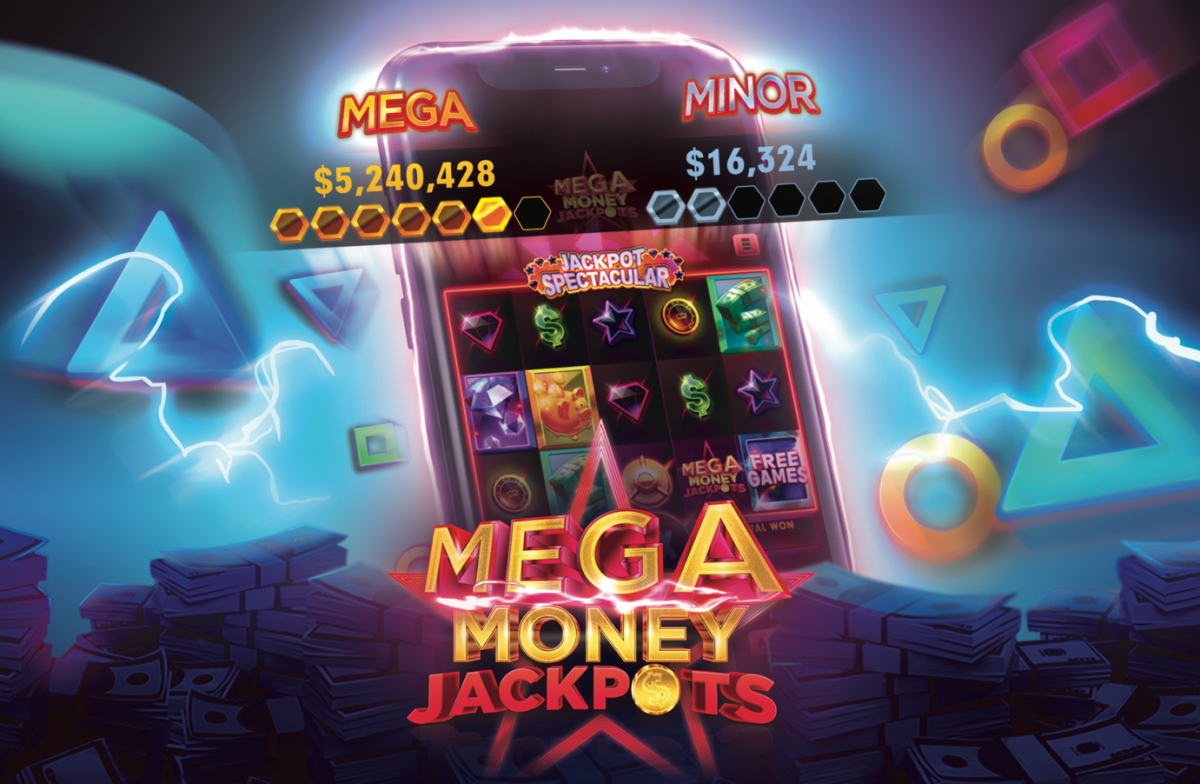Interviews
Exclusive Q&A with Rhydian Fisher, CEO of Instant Win Gaming

Rhydian Fisher is CEO of Instant Win Gaming (IWG), the leading provider of instant win style games to lotteries, commercial brands and platforms in the digital lottery and online gaming sectors. Following the launch of the company’s games with the New Hampshire Lottery, we had the opportunity to speak to Rhydian about recent developments at IWG, the expanding market for digital eInstant lottery games, and in particular the US Lottery opportunity.
Gaming Americas: Congratulations on your games going live with the New Hampshire Lottery. For some background, what are digital eInstants and how will they enhance the lottery’s online offering?
Rhydian Fisher (RF): Digital eInstants as they’re called in the lottery world, or instant win games as they’re often referred to in the commercial gaming world, are a category of online wagering games where the interactive fun is the primary focus. In a general sense, whereas online casino games are all about the chance to win with some interactive fun, eInstants are all about the interactive fun with some chance to win. This differing orientation is really the root of it all. Typical casino players are motivated by the thrill of staking money, and the corresponding volatility of winning and losing. On the other hand, typical eInstant players are, first and foremast, seeking some casual entertainment but love the idea that they might just win some money. This difference very much mirrors casino versus lottery entertainment in general.
To players, eInstants are casual in style, and often really simple to play. However, designing games with these characteristics, yet deliver sustained engagement, is anything but simple. Here at IWG, we have a 20-year history of developing exclusively digital eInstants. No one else has been so solely focused on this in the dedicated way that we have. And, when you have the opportunity to devote consistent focus to one category of games over a such a sustained period of time, you get amazingly good at building them. Today, we proud to be able to say that we’re the best in the world at it.
In New Hampshire, we’ve made a strong start by launching a range of eInstants including New Hampshire Cash Expander, a localized title that tailors our popular Cash Expander mechanic specifically for New Hampshire players. Through previous experience, we know that localized games really resonate with players and we’re expecting the latest title to be a big hit.
Gaming Americas: What is the state of the eInstant lottery market today?
RF: We were fortunate to get involved with this category early on, and it’s certainly been an evolution. In the very beginning, circa 2000, a few lottery operators, like Camelot in the UK, were launching online sales, and were looking for digital games that paralleled their retail instant ticket games. Back then, we had no experience in this, but neither did anyone else, so we set-up shop, started imagining how these games might play, and then jumped in and began building them. From there it’s been a continuous process of iteration. We develop a game, we release it, we analyze the resulting data, we apply what we learn, and we develop the next game. We repeat this process over and over – it’s pretty straight forward. But, it’s culmination of 20 years of learnings that make our games authentic.
The lottery market has become our core focus. Today, we provide eInstant games to 23 WLA/NASPL member lotteries around the world. More and more lotteries are setting up ecommerce channels for what has predominately been a retail-only sales model. We expect this trend to continue. In the US, for example, lottery is a $90 billion per year category, and instant games represent more than 65% of this. Therefore, as these lotteries launch online sales channels, it is very necessary that they have digital eInstants to offer their players.
Gaming Americas: How does managing an eInstant portfolio compare to managing a retail instant portfolio?
RF: There are many similarities, but the demands of the internet channel means that everything is accelerated. One of the more obvious examples is the percentage of prize payout. In the US, a typical retail instant game will have a prize payout of 65% – 80%. This has proven to be optimal for a product that can only be purchased by players during their periodic trips to a retail outlet. However, the addition of an internet channel means that games can be now be purchased wherever and whenever. This translates into much higher play volume, and to be fair to players, this higher play volume must be supported with a higher prize payout. As a result, a typical online eInstant game will have a prize payout of 80% – 85% or more.
A less obvious, but equally important example, is frequency of game launches. Lottery players seek out games that are casual to play. At the same time, they are particularly drawn to the newest titles. With retail instants this might mean a roadmap of games with new launches on a monthly basis. In the internet world, the time dimension is much faster paced. A typical eInstant roadmap will plan a two-week cycle between game launches for most of the year, supplemented by weekly launches during peak seasonal periods.
For suppliers, it helps if you have a culture that thrives in complexity. Across the 23 lotteries that we supply around the world, we’ve never ever delivered the same game twice. There are always custom elements required for each delivery which will range from game theme to prize math to style of outcome engine to a myriad of other factors. The bottom-line, in the lottery sector, non-standard is the standard.
Gaming Americas: Certainly, the retail channel is hugely important to lotteries. What impact do eInstants, and in general, selling lottery online have on retail sales?
RF: This has been one of the real success stories as lotteries modernize. Of course, lotteries everywhere are either already selling their games online, or are considering doing so in the future. It is now common for a lottery’s online channel to account for 20% or more of total sales. Along with this, eInstants will often represent 70% or more of these online sales.
At first, the specter of an additional sales channel can be a concern to the brick and mortar retailers who have been a lottery’s exclusive channel partner to this point. However, across the board, selling online has proven to increase retail sales as well. The reason is straightforward. The lottery’s traditional, cash-only, in-person way of selling games has not kept pace with the modern consumer. Long time players might continue to purchase in this traditional way, but new players can no longer be acquired as efficiently. Modernization, meaning adding online sales, opens up the lottery to a far broader world of potential new players. And, when a lottery introduces a player to its games through its online channel, that player becomes a buyer at retail as well.
Our customer the Michigan Lottery, for example, has been selling their games online for more than five years and have seen traditional retail growth of 45% during this period. Our customer the New Hampshire Lottery, in just its first year of online sales, simultaneously, grew retail sales by 16%. The same trend holds true for every lottery in the US that has instituted online sale. Once a lottery begins selling online, they quickly experience a shift in the support they get from their very important retail partners–from concerned resistance to proactive support.
Gaming Americas: What steps are lotteries taking to support their retail partners?
RF: Even in the case of a lottery where 20% of its sales are online, this means that 80% comes through its retail channel. So, lotteries always take steps to include their retail partners in their online sales initiatives. And, there are many ways to do this.
Our customer, the Pennsylvania Lottery, has integrated its traditional retailers into its affiliate program. A retailer earns affiliate fees by signing up players for online accounts.
Our customer, the Michigan Lottery, offers players the option to fund their account by purchasing a prepaid lottery card at any of their traditional retail outlets. The retailer earns a commission on these sales.
Every lottery we work with is innovating on ways to sell online while also expanding retail sales. And, the collaboration is producing great results.
Gaming Americas: What has been the COVID-19 impact on the lottery sector?
RF: I’ve been in contact with many lotteries during the COVID-19 crisis. Of course, their number one priority is keeping their staff safe and healthy. Beyond that, lotteries understand that they serve an essential function during normal times, and even more so during times like now—generating vitally needed funds for their beneficiaries. Therefore, maintaining uninterrupted operations, in a world of disrupted supply logistics and shelter-in-place orders, is more than ever, the day-to-day focus. No surprise, but those lotteries that currently sell their games online have increased their marketing focus on this channel. And, many lotteries not yet online have been asked to immediately explore plans for setting up online sales, to potentially be actioned once we’re beyond the crisis. Certainly, over time, all lotteries will need to modernize to keep pace player preferences. I suspect that the urgency of the moment may accelerate the thinking on when to do so.
Interviews
Getting to know Dreidel
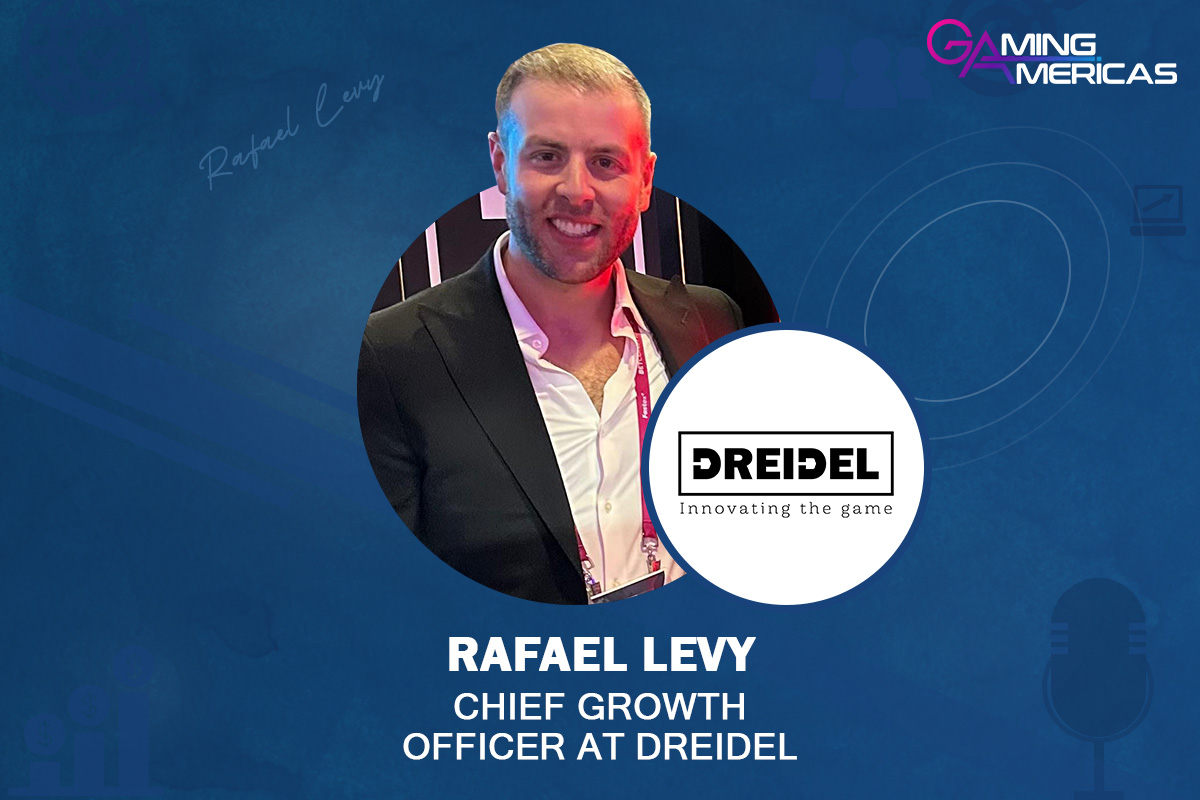
We sit down with Rafael Levy, Chief Growth Officer at Dreidel, to learn more about how the rising start slot machine manufacturer from Mexico is taking the market by storm.
For those who haven’t heard of Dreidel, who are you, and what products do you offer to the industry?
We are a proudly Mexican company that’s been designing and producing land-based slots since early 2020. Recently, we’ve expanded our offering into the online space for the first time. From day one, our mission has been to bring innovation and quality to the land-based gaming market in Mexico, and we’ve done this by making sure we have a deep understanding of player and operator needs through the hands-on experience of our team and constant iteration and improvement of our products. What sets us apart – indeed, I’d say it’s our superpower – is the highly experienced team we have built at Dreidel, with everyone having worked directly in the field. This has allowed us to learn not only from the successes we have enjoyed but also from the challenges we have faced and overcome along the way.
Can you describe your approach to slot development?
Rather than develop products in isolation, we take a meticulous and practical approach to understanding the dynamics of the market we are in, especially when it comes to what the player expects from a slot game. By doing this, we’ve been able to put innovation at the foundation of our approach to development, which in turn allows us to consistently evolve our games and cabinets so they deliver fresh, engaging and differentiated experiences that hit the mark with players. Ultimately, our products for both land-based and online are born out of real-world insight and combine quality with creativity to ensure we not only meet but exceed player expectations. Because we are a young company, we’ve been able to use and leverage the latest technologies, and this has helped us deliver a superior product and ultimately build massive momentum behind the business.
Just how important is it to read the market and understand what players and operators are looking for?
It’s very important, and that’s why it’s a fundamental pillar at Dreidel. We have developed a process that allows us to read the market with precision and agility, and then easily feed that insight into our development cycle. We know that we operate in a highly dynamic environment where player preferences can shift quickly, driven by trends, global influences and evolving technologies. This is why we invest so heavily in continuous market research and pay close attention to player and operator feedback, as this enables us to act fast, adapt effectively and launch innovative products that stand out and gain traction from day one.
You mentioned your team as being critical to the early success you have achieved. Who are the key people behind the business?
Dreidel was formed as a joint initiative by a group of entrepreneurs with extensive operational experience in the gaming industry. This includes Isaac Shemaria and Moisés Shemaria, who came up with the initial idea for the business. Since our launch in 2020, we have grown with a structure that balances an ambitious strategic vision with strong on-the-ground execution. Today, the company is led by José Shemaria and Rafael Levy, and has a highly skilled multidisciplinary team driving key areas of the business.
The direction of the project is led by a collaborative leadership group that ensures every decision is aligned with our long-term goals. This synergy allows us to maintain a strong commercial focus, efficient operations, and sound financial planning, all aimed at meeting the evolving needs of the market. It’s worth highlighting our technology and innovation team, which plays a vital role in developing unique gaming experiences, turning ideas into functional products that resonate with both operators and players. This is complemented by the daily work of our developers, technicians, operators and commercial staff, who bring deep industry knowledge to ensure our products reach the market with both impact and quality.
We firmly believe that our true value lies in the strength of our collective talent. Every area and every person play a key role in turning ideas into reality. This integration of strategy, creativity, execution, and consumer insight is what has shaped our growth and continues to drive our success in such a competitive industry.
You’ve quickly established Dreidel as a leading slot machine manufacturer in Mexico. How did you do this, and what sets your product apart?
The market-leading position we have achieved is the result of a long, challenging yet rewarding journey. It’s been a step-by-step process, marked by both setbacks and incredible achievements, all of which have shaped us into the company that we are today. What sets us apart from other suppliers? I’d say it’s our ability to deeply understand and analyse what players want and enjoy. We don’t create generic products, we listen to the end user, study their behaviour, preferences, and playing habits, and design games that resonate with them on a personal level.
We focus on meeting the unique demands of the gaming sector, tailoring our offerings for each market we target. Mexico is our primary market, but we are making moves into other LatAm markets and North America, too. Our goal is to deliver games that are not only innovative in terms of technology and design but also captivating for the player, grabbing their attention from the very first spin to the last.
Today, we offer Class III products that are ranked among the top performers in the Mexican market. That leading position is the result of a clear vision, a player-focused approach and a passionate team committed to creating experiences that truly stand out.
What makes the land-based slot market so difficult to crack?
The land-based slot machine market is one of the most complex and demanding areas within the gaming industry, mainly due to the high barriers to entry, both technological and regulatory. It’s not enough to have a good idea; you need a product that is technically solid, commercially viable and fully compliant with strict industry standards.
One of our biggest challenges was developing the right product, one that would truly succeed in the market. This required significant investment in research, development, certifications and continuous testing. We also faced the challenge of competing against well-established brands, which pushed us to stand out not just through innovation, but through product quality and a deep understanding of the player.
We overcame these challenges by being patient, strategic and consistent. We had to earn the trust of operators and players one step at a time, proving that our products meet the highest standards while also delivering unique experiences that resonate with end users. It’s been a journey of perseverance, but one with highly rewarding results.
What is your top-performing game, and what made it so popular?
Our top-performing game is Imperial Ascension, a Class III title that stands out for its innovation and its ability to truly engage players. It’s more than just a slot game—it’s an immersive experience that captures attention through its functionality, visual appeal and the excitement it creates.
What has made Imperial Ascension such a success is its unique touch: it offers high rewards and a strong element of mystery that keeps players engaged throughout their session. The game continuously surprises players with multiple progressive jackpots embedded within the gameplay, which not only increases anticipation but also significantly boosts the potential for big wins. This combination of innovation, excitement and rewarding mechanics has made it one of our standout titles.
You also have a portfolio of online slots. What are your plans for the online segment, and what opportunities have you identified?
The online segment represents a completely different universe for Dreidel, with its own dynamics, audience profiles and player behaviours. That’s why we’ve developed a dedicated approach for this channel, with a specialised team that understands the nuances of the digital player experience.
Our online strategy is not about replicating the land-based model but rather adapting to new consumption habits by leveraging the advantages of technology and the accessibility of online platforms. We’ve identified significant growth opportunities in this segment, particularly driven by the increasing demand for digital entertainment, flexible formats and the ability to reach a much broader audience.
We are currently in a phase of deep market analysis and building a solid, tailored offering. Our goal is to deliver innovative, responsible and engaging experiences for online users. The online segment is a key path for our future expansion, both within Mexico and internationally.
You mention international markets. What are your plans to take Dreidel beyond Mexico?
This is the perfect time for international expansion and particularly into the United States because it’s the largest and most dynamic market in the gaming industry. It offers tremendous growth opportunities, a highly diverse base of end users, and presents many exciting challenges that we are fully prepared to take on.
The variety in player preferences within the US market pushes us to continue innovating and refining our approach. Our focus is on adapting to that diversity by delivering customised products that offer unique and engaging experiences.
The United States is one of our main strategic priorities, as we see the potential for exponential growth in that region. We’re confident that this is the natural next step for Dreidel and that we have the strength, creativity and vision to compete successfully on an international scale. Of course, we are also looking at other markets within Latin America and to replicate the success we have enjoyed in Mexico in the jurisdictions we chose to enter.
Interviews
White Hat Studios: The power of a diverse jackpot product portfolio

From the earliest brick-and-mortar facilities to the digital age of online casinos, jackpot products have remained a powerful acquisition and engagement tool, appealing to players with the allure of increased win potential beyond the base gameplay.
With the US iGaming market still in its relative infancy, there has been limited development and implementation of progressive jackpots. However, as the nation’s market continues to evolve, we are increasingly witnessing a variety of unique jackpot payout structures emerging, fuelled by companies like White Hat Studios. The first provider live in all seven regulated US states, the supplier has been at the forefront of jackpot innovation, initially with its Jackpot Royale™ product, and most recently with the launch of Jackpot Royale Express™, a fast-hitting structure that delivers more frequent payouts.
We spoke exclusively with Armen Tatarevic, VP of Gaming at White Hat Studios, to discover why developing a diverse suite of promotional tools has become essential.
What trends are influencing jackpot product development within the US?
Jackpots have long been synonymous with the US gambling industry and this appetite has translated from land-based to online casinos. However, with the rise in popularity of iGaming and the breadth of choice for players, it has become crucial to tailor products specifically in alignment with consumer preferences.
This approach is particularly pivotal in regulated US markets, where each regulated state has its own intricacies. For example, players in the established New Jersey market are typically drawn to larger jackpot prizes, considering the greater number of operators available to choose from.
In contrast, we see a trend of players in less mature markets, such as Pennsylvania, gravitating towards smaller, faster-hitting jackpot structures as they explore what works for them in the iGaming landscape.
Why is it important for suppliers to offer jackpot networks with varying payout structures?
Each player has unique preferences, and it is simply an unattainable goal for a single jackpot product to satisfy every playstyle. Crafting a diverse suite of promotional tools can accommodate a variety of preferences, with each product engineered to appeal to contrasting player tastes. Not only does this result in the curation of a well-rounded portfolio that maximizes potential audience reach, but also ensures operators can find everything they need from a comprehensive, all-in-one suite of promotional tools.
White Hat Studios’ progressive jackpot networks are the perfect example. Following the success of Jackpot Royale™, which has a top prize that pays out an average of $175,000, we recently launched Jackpot Royale Express™, designed to enhance engagement with a specific subsection of players by offering smaller jackpot payouts with far greater frequency. Landing five fireball symbols in linked games activates the Jackpot Wheel, where cash prizes and five progressive jackpots can be won, guaranteeing suspense with every spin.
Have you witnessed an appetite for fast-hitting structures in US markets?
It varies state-by-state, but there has been a general surge in the popularity of jackpot products that offer more frequent payouts, especially across mature UK and European markets. A key factor driving this trend is player psychology – some individuals feel that winning a top jackpot is highly unlikely, leading them towards games with more attainable prize structures. By offering lower prizes that drop regularly, these products sustain player engagement and enhance retention by creating a sense of continuous excitement and anticipation.
This is particularly prevalent in newly regulated states where players are still familiarizing themselves and exploring the landscape of online jackpot products. Here, the more cautious player approach drives traffic to fast-hitting jackpot structures. Striking the optimal balance between the frequency and size of payouts is the challenge for developers to overcome. Both jackpots that drop too infrequently and those that deliver regular but insignificant prizes will result in a loss of player interest for operators.
What has been the initial response to your own fast-hitting jackpot network, Jackpot Royale Express™?
Jackpot Royale Express™ was designed to attract players with achievable jackpot prizes by increasing the likelihood of the Wheel feature triggering. It has certainly delivered on that promise, and in less than a week following launch, had already awarded more than 1,000 jackpot wins to US players. Many US-facing titles feature five fixed jackpots, so the nation’s players are already familiar with the format, and Jackpot Royale Express™ elevates this to new heights by triggering more frequently. We look forward to tracking its continued success as more and more of our hit titles are integrated into the network.
Interviews
Review Fatigue Is Real: How to Make Casino Comparisons Clear, Honest, and Human

Sebastian Jarosch is the founder of Mithrillium Media Ltd, and a very famous figure in the iGaming industry. His contributions to the market have been immensely influential. Jarosch has overlooked several projects relating to the online gambling market, most notably those involving affiliates. Because of his past works, we believe he is uniquely qualified to address the topic of Review Fatigue, that seem to be plaguing the industry right now.
Actions speak louder than words. And Jarosch’s actions have earned him several of the most notable industry awards. Among the most notable are the Casinomeister 2020 Awards for Best Casino Group, the AskGamblers Awards for Best Partner in 2021, and the Affpapa Awards Affiliate Programme of the Year 2022.
Interview Questions:
What is “review fatigue,” and why do you think it’s becoming a growing issue in the iGaming space?
Review fatigue happens when players are faced with repetitive, overly long, or generic content. With so many casinos offering similar bonuses, games, and licensing, users quickly lose interest if every review sounds the same. Many reviews lack real insight and simply list features without context, often sounding too good to be true. As a result, players tend to skim or move on entirely, especially if they’ve already seen the same structure and wording on multiple other sites.
How can overly technical or overly promotional content alienate users instead of helping them?
When content is too technical, it can confuse or intimidate newcomers. Ideally content is educational and written with the player in mind. On the flip side, a sales pitch feels dishonest, especially to experienced players who know what to look for. Users are looking for clarity and guidance, not marketing sugar coated casinos. If a review sounds like it’s trying to sell rather than help, it erodes trust immediately. Players want transparency, real pros and cons, not just buzzwords.
What are the most important things players want to see in a casino comparison, and what can we safely leave out?
Players want to know the promotions, payment methods, withdrawal speeds, licensing, game variety, and reliability of a casino. They also care about things like support quality, KYC, ownership, RTPs, and real player feedback. What they don’t want is generic content that could apply to any casino and offers no real value. Sites like Casino-Groups help players pick the right casinos based on individual preferences.
How do you balance clarity with completeness when writing or designing reviews?
It’s all about prioritizing information and guiding the reader. We aim to answer the most important user questions right at the beginning, often using summary tables to make things easier to digest. More detailed information comes later for those who want to dive deeper. It’s important to avoid walls of text and explain complex terms in plain language. The goal is to give users exactly what they need to know, without bombarding them with unnecessary information.
Do players trust shorter, more digestible content more than long-form reviews today? Why or why not
Shorter content tends to convert better because users find what they’re looking for quickly, without digging through long paragraphs full of filler. Dense, meaningful content with no waste often performs best. A short, clear, and well-structured review can build more trust than a long one filled with fluff. That said, some players do enjoy longer reviews, especially when they’re broken up with visuals, clear sections, and genuinely useful insights.
What role does tone of voice play in making reviews feel more human and less “salesy”?
A review should feel like it’s written by a real person who’s an expert in the field, not by ChatGPT or a salesperson. We use conversational language where possible and speak directly to the user. If something’s bad or a bonus is just average, it needs to be mentioned. That kind of honesty builds far more credibility than flashy design or empty buzzwords.
How do you verify and present information (e.g., licensing, terms, payment speed) in a way that’s both accurate and user-friendly?
We manually verify everything by signing up, testing support, and reading the fine print. We also check licenses through official registries and monitor user feedback on watchdog sites. To present the information clearly, we use tables, lists, screenshots, and both internal and external links to relevant pages. All our reviews follow a consistent format so players know what to expect and can easily find the details they need.
Have you experimented with visual elements like comparison tables, badges, or rating meters to reduce cognitive load?
Pictures speak a thousand words and help break up content into smaller, more digestible sections, reducing review fatigue. We use comparison tables for things like bonus terms, game selection, and payment methods. Every review includes a rating, and we apply badges to highlight our top casinos. This makes it easier for users to compare options at a glance and make smarter decisions with less effort.
What strategies do you use to keep review formats consistent while still personalizing the experience for different user types?
We follow a consistent structure that works well for both SEO and conversions. However, if a specific area needs emphasis or additional context, we’re happy to deviate from our standard format to ensure topical completeness. Some casinos offer unique features that deserve extra attention, and in those cases, we’ll add dedicated sections. The framework is consistent, but we stay flexible where it counts.
Looking ahead, how do you think casino reviews will evolve to meet changing user expectations and attention spans?
We’ll see more interactivity, personalization, and smarter use of data. Reviews could adapt in real time based on user preferences, highlighting crypto options for one user and game selection for another. AI chatbots may help users find the best match and answer questions about a casino instantly. Integration with platforms like Discord or Telegram where players can exchange themselves could also make reviews feel more social and trustworthy. Reviews need to become sharper, more authentic, and more genuinely helpful than ever before.
-
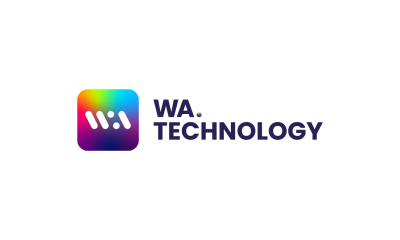
 Compliance Updates7 days ago
Compliance Updates7 days agoWA. Technology Receives GLI Certification in Brazil for Casino Aggregator Product
-

 Canada4 days ago
Canada4 days agoINCENTIVE GAMES SECURES ONTARIO GAMING LICENSE
-

 Compliance Updates4 days ago
Compliance Updates4 days agoSA Gaming Secures GLI Certification in Brazil
-
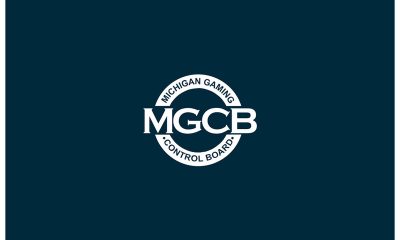
 Compliance Updates4 days ago
Compliance Updates4 days agoMGCB Issues Cease-and-Desist Orders to Six Illegal Gambling Sites Targeting Michigan Players
-
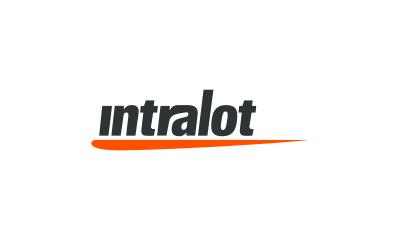
 Compliance Updates3 days ago
Compliance Updates3 days agoIntralot informs the investment community about the withdrawal of the Maryland contract award Augu
-

 Latest News3 days ago
Latest News3 days agoAndres Troelsen has been appointed EGT Digital’s Regional Sales Director iGaming for LATAM
-

 Latest News3 days ago
Latest News3 days agoACR POKER INJECTS DAILY DOSE OF THRILL INTO TOURNAMENT SCHEDULE WITH LAUNCH OF DAILY MYSTERY BOUNTY EVENTS
-
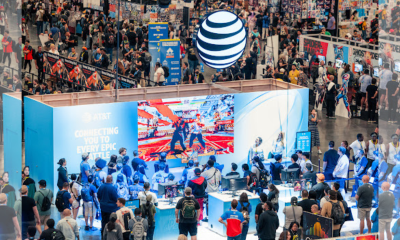
 Gaming4 days ago
Gaming4 days agoEvo Looks Forward to France and the Return of Evo Awards


